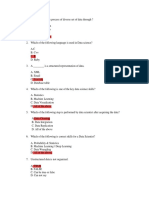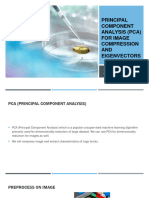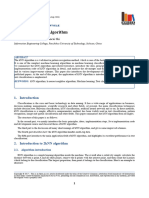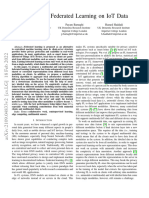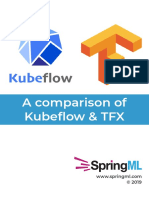0% found this document useful (0 votes)
86 views7 pagesData Science Quiz Questions
This document contains 20 multiple choice questions about data science topics like data analysis, visualization, machine learning algorithms, and model evaluation. The questions cover concepts such as the main goal of data science, steps in the data science process, programming languages used for analysis, supervised and unsupervised learning, and techniques like regularization and cross-validation.
Uploaded by
sspradeepa44Copyright
© © All Rights Reserved
We take content rights seriously. If you suspect this is your content, claim it here.
Available Formats
Download as PDF, TXT or read online on Scribd
0% found this document useful (0 votes)
86 views7 pagesData Science Quiz Questions
This document contains 20 multiple choice questions about data science topics like data analysis, visualization, machine learning algorithms, and model evaluation. The questions cover concepts such as the main goal of data science, steps in the data science process, programming languages used for analysis, supervised and unsupervised learning, and techniques like regularization and cross-validation.
Uploaded by
sspradeepa44Copyright
© © All Rights Reserved
We take content rights seriously. If you suspect this is your content, claim it here.
Available Formats
Download as PDF, TXT or read online on Scribd
/ 7






























